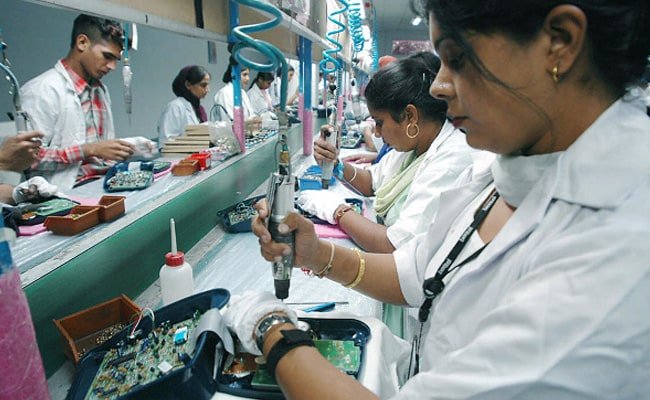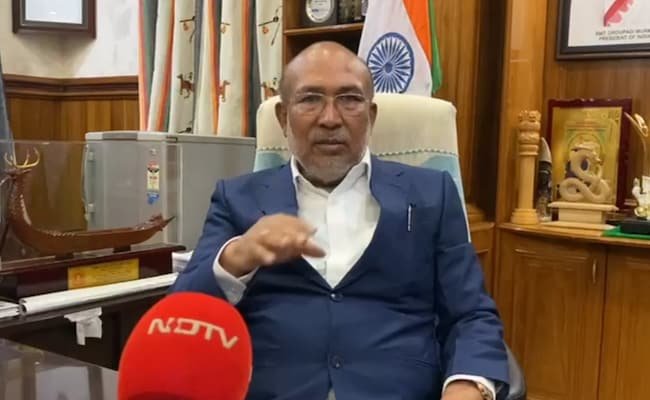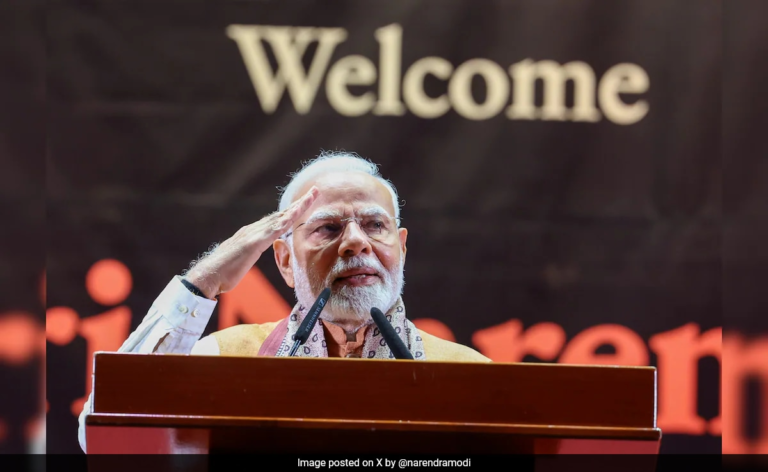

The report says India’s population is an opportunity, but the challenge is productively using labor force
New Delhi:
The GDP of India, powered by its 1.4 billion population, is expected to expand dramatically and the country will become the world’s second-largest economy by 2075, a research by Goldman Sachs has found.
The report projects that India’s economy will be worth $52.5 trillion, bigger than US and second only to China (see graph).
Santanu Sengupta, Goldman Sachs Research’s India economist, has said India’s key to utilise the potential of its growing population is to boost participation within its labour force and training and skilling its talent pool.
“Over the next two decades, the dependency ratio of India will be one of the lowest among regional economies. So that really is the window for India to get it right in terms of setting up manufacturing capacity, continuing to grow services, continuing the growth of infrastructure,” the report quotes Mr Sengupta has saying.
As India’s population of 1.4 billion people becomes the world’s largest, its GDP is forecast to expand dramatically. Goldman Sachs Research projects India will have the world’s second-largest economy by 2075. https://t.co/CFFM0JsmELpic.twitter.com/xHruyuSFex
— Goldman Sachs (@GoldmanSachs) July 6, 2023
He also pointed out India’s population has one of the best ratios between its working-age population and its number of children and elderly, according to the report.
“India has made more progress in innovation and technology than some may realize. Yes, the country has demographics on its side, but that’s not going to be the only driver of GDP. Innovation and increasing worker productivity are going to be important for the world’s fifth-biggest economy. In technical terms, that means greater output for each unit of labor and capital in India’s economy,” the report said.
“Capital investment is also going to be a significant driver of growth going forward. Driven by favorable demographics, India’s savings rate is likely to increase with falling dependency ratios, rising incomes, and deeper financial sector development, which is likely to make the pool of capital available to drive further investment,” it added.
On this front, the report states, the government “has done the heavy-lifting in the recent past”. “But given healthy balance sheets of private corporates and banks in India, we believe that the conditions are conducive for a private sector capex cycle,” it says.
The report reiterates that India’s large population “is clearly an opportunity, however the challenge is productively using the labor force, by increasing the labor force participation rate”.
“That will mean creating the opportunities for this labor force to get absorbed and simultaneously training and upskilling the labor force,” it says.
The report said that in India, the demographic transition is happening more gradually and over a longer time period than the rest of Asia. This is primarily due to a more gradual decline in death and birth rates in India compared with the rest of Asia, it stated.
The report warned that India’s big opportunity may be lost if its labour force participation does not increase. “The labor force participation rate in India has declined over the last 15 years. If you have more opportunities – especially for women, because the women’s labor force participation rate is significantly lower than men’s – you can shore up your labor force participation rate, which can further increase your potential growth,” the report said.
This news is published through a syndicated feed courtesy NDTV.



